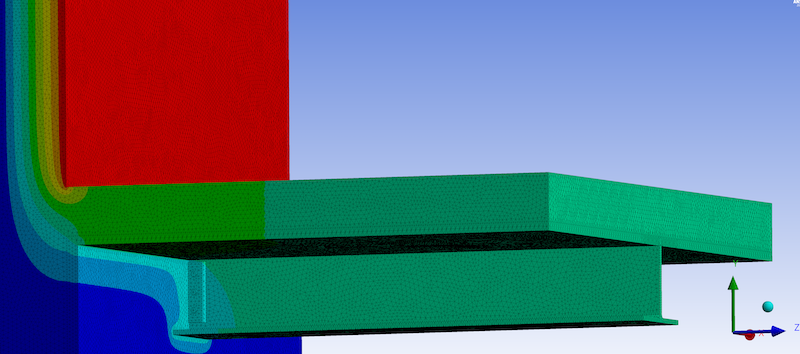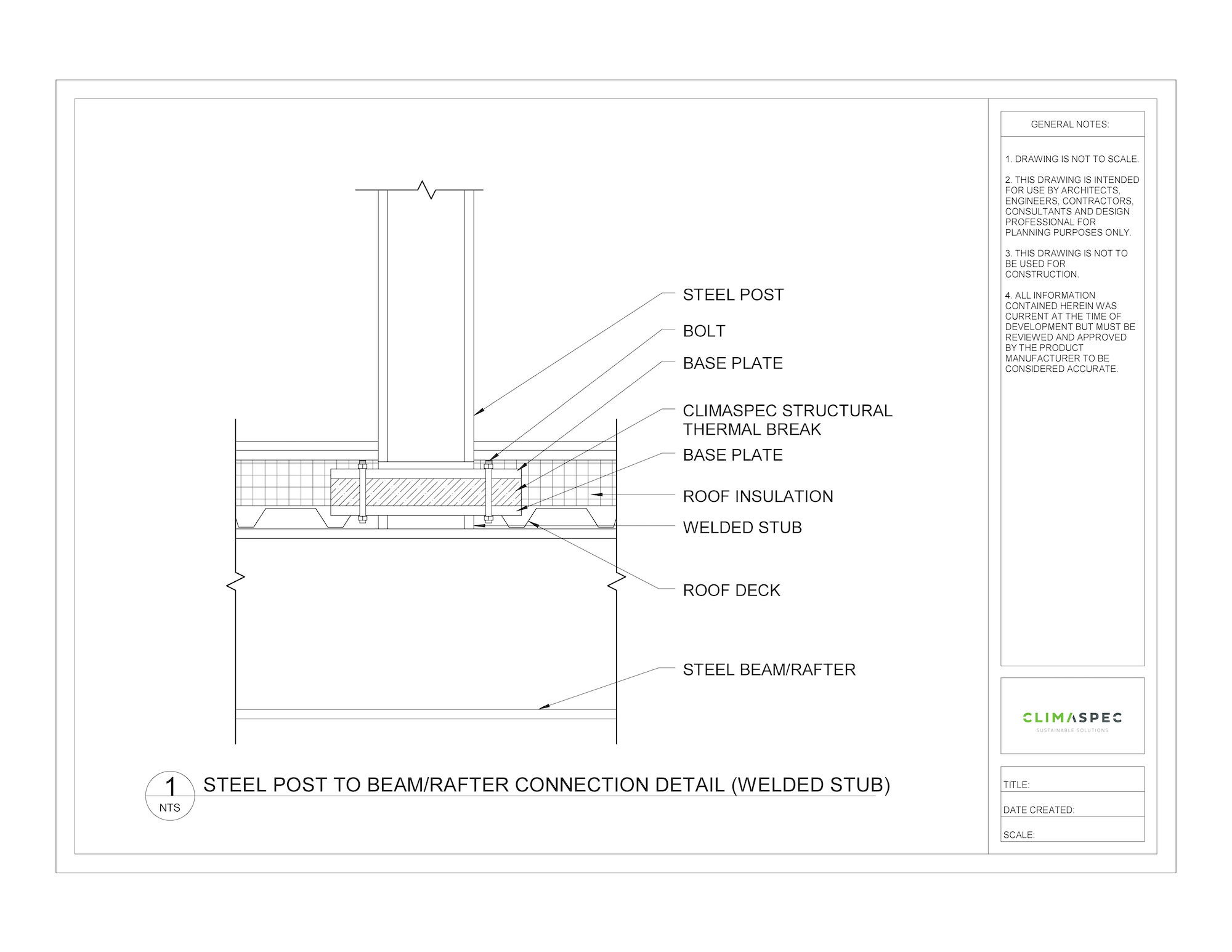The urgency of addressing climate change has prompted the architecture and design community to reimagine the role of buildings in mitigating environmental impact. The American Institute of Architects (AIA) has set forth an objective through its Climate Action Plan and Climate Impact Imperative, urging the construction industry to combat climate change. Among the strategies at the forefront of sustainable design, structural thermal breaks can increase the building envelope performance and contribute toward carbon-neutral buildings.
Table of Contents
- AIA Climate Impact Imperative
- Energy Consumption
- Factors Influencing End-Use Energy Consumption
- Structural Thermal Breaks Role
- Enhancing Resilience and Adaptability
AIA Climate Impact Imperative
The AIA Climate Action Plan outlines a comprehensive strategy for architects and the building industry to play a pivotal role in reducing greenhouse gas emissions and addressing climate change. At the heart of this plan is the Climate Impact Imperative, which emphasizes the need to create a carbon-neutral built environment by 2030. This imperative challenges architects to design energy efficient buildings that minimize their carbon consumption.
Energy Consumption
But before we look at the solution, we need to understand the problem. The residential and commercial sectors emerge as significant contributors in end-use energy consumption in the US. In the year of 2022, the combined energy usage of these sectors accounted for a substantial 29%—equivalent to a staggering 21 quadrillion British thermal units (Btu)—of the total U.S. end-use energy consumption in accordance with the Energy Information Administration’s (EIA).
Factors Influencing End-Use Energy Consumption
Occupant Behavior: Human behavior within buildings is a critical factor influencing energy consumption. Simple habits, such as turning off lights when not in use or setting thermostats to optimal temperatures, can contribute to substantial energy savings. Education and awareness campaigns can also play a pivotal role in influencing positive behavioral changes.
Technological Advances: Technological innovations, from smart appliances to energy-efficient HVAC systems, offer avenues for mitigating energy consumption. The adoption of these technologies can encourage both residential and commercial buildings to operate more efficiently, contributing to overall energy savings.
Building Design and Construction: Additionally, the design and construction of buildings play a pivotal role in determining their energy efficiency. Well-insulated structures with energy-efficient building envelope assemblies can significantly reduce the need for heating and cooling, thereby lowering overall energy consumption. This emphasizes the importance of sustainable building practices and energy-efficient designs such as structural thermal break connections.
Structural Thermal Breaks Role
Structural thermal breaks contribute to an increased building envelope performance. This can lead to a more energy efficient building. The less energy that is used, the increased chances for lower carbon consumption. See below for areas where structural thermal breaks can improve building energy efficiencies:
Mitigating Thermal Bridging: Central to the Climate Impact Imperative is the reduction of thermal bridging. A thermal bridge is where heat can easily transfer through building components or connections within the building envelope, contributing to energy inefficiencies. Structural thermal breaks act as thermal barriers, effectively reducing thermal bridging and ensuring that buildings operate more energy efficiently. This building design enhancement aligns with the AIA’s goal of reducing energy demand and decreasing carbon emissions.
Optimizing Building Envelope Efficiency: An energy efficient building envelope design is required to ensure carbon neutral goals are met. Structural thermal breaks play a pivotal role in optimizing the efficiency of the building envelope by reducing unwanted heat loss. This, in turn, enhances the overall energy performance of structures.
Meeting Renewable Energy integration Challenges: A key aspect of the Climate Impact Imperative is the integration of renewable energy sources into building design. Structural thermal breaks contribute by lessening the burden on HVAC systems, allowing for more effective integration of renewable energy solutions. By reducing the overall energy demand, thermal breaks aid to creating an environment for the introduction of renewable energy technologies.
Enhancing Resilience and Adaptability
The Climate Impact Imperative recognizes the importance of designing buildings that are resilient and energy efficient. By addressing thermal bridging, optimizing energy efficiency, and contributing to the overall sustainability of buildings, structural thermal breaks become integral components of carbon-neutral building design.
Contact us today to discuss how ClimaSpec Structural Thermal Breaks can contribute toward your sustainability project requirements.


